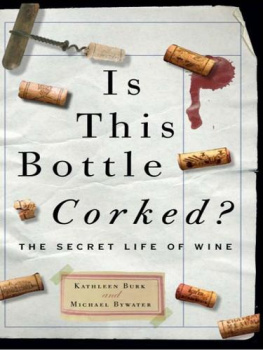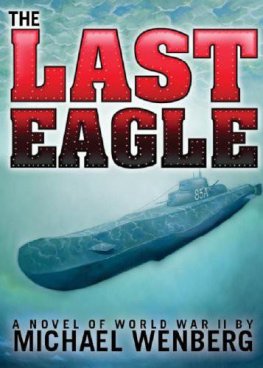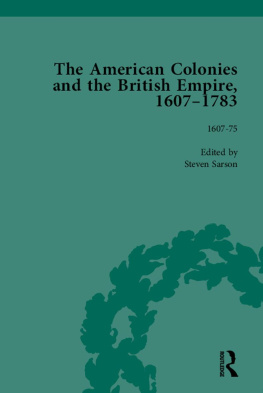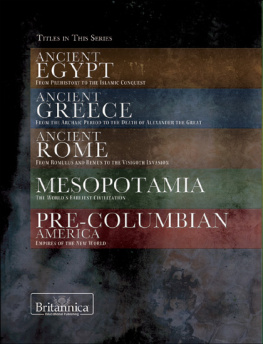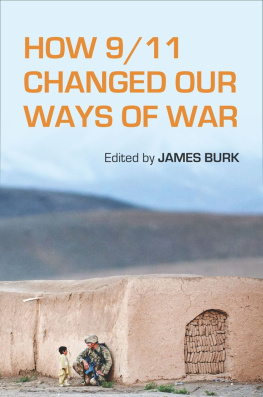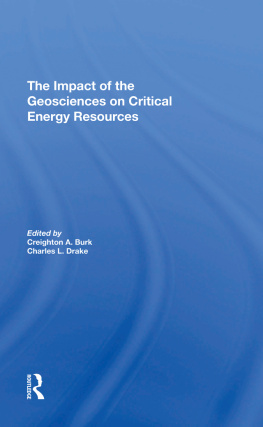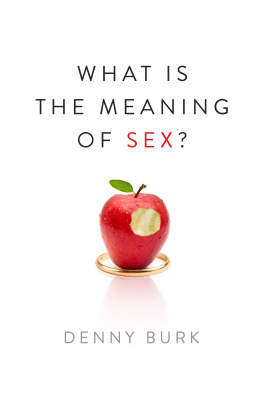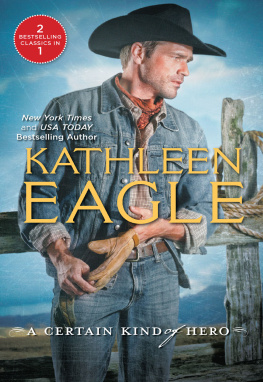Kathleen Burk - Lion and the Eagle: The Interaction of the British and American Empires 1783–1972
Here you can read online Kathleen Burk - Lion and the Eagle: The Interaction of the British and American Empires 1783–1972 full text of the book (entire story) in english for free. Download pdf and epub, get meaning, cover and reviews about this ebook. year: 2018, publisher: Bloomsbury Publishing, genre: History. Description of the work, (preface) as well as reviews are available. Best literature library LitArk.com created for fans of good reading and offers a wide selection of genres:
Romance novel
Science fiction
Adventure
Detective
Science
History
Home and family
Prose
Art
Politics
Computer
Non-fiction
Religion
Business
Children
Humor
Choose a favorite category and find really read worthwhile books. Enjoy immersion in the world of imagination, feel the emotions of the characters or learn something new for yourself, make an fascinating discovery.

- Book:Lion and the Eagle: The Interaction of the British and American Empires 1783–1972
- Author:
- Publisher:Bloomsbury Publishing
- Genre:
- Year:2018
- Rating:4 / 5
- Favourites:Add to favourites
- Your mark:
- 80
- 1
- 2
- 3
- 4
- 5
Lion and the Eagle: The Interaction of the British and American Empires 1783–1972: summary, description and annotation
We offer to read an annotation, description, summary or preface (depends on what the author of the book "Lion and the Eagle: The Interaction of the British and American Empires 1783–1972" wrote himself). If you haven't found the necessary information about the book — write in the comments, we will try to find it.
Kathleen Burk: author's other books
Who wrote Lion and the Eagle: The Interaction of the British and American Empires 1783–1972? Find out the surname, the name of the author of the book and a list of all author's works by series.
Lion and the Eagle: The Interaction of the British and American Empires 1783–1972 — read online for free the complete book (whole text) full work
Below is the text of the book, divided by pages. System saving the place of the last page read, allows you to conveniently read the book "Lion and the Eagle: The Interaction of the British and American Empires 1783–1972" online for free, without having to search again every time where you left off. Put a bookmark, and you can go to the page where you finished reading at any time.
Font size:
Interval:
Bookmark:
The Lion and the Eagle
For Miranda
my sort of daughter
ALSO BY THE AUTHOR
War and the State: The Transformation of British Government 19141919 (editor)
Britain, America and the Sinews of War 19141918
The First Privatisation: The Politicians, the City and the Denationalisation of Steel
Morgan Grenfell 18381988: The Biography of a Merchant Bank
Goodbye, Great Britain: The 1976 IMF Crisis (with Alec Cairncross)
Deutsche Bank in London 18731998 (with Manfred Pohl)
The United States and the European Alliance since 1945 (editor with Melvyn Stokes)
Troublemaker: The Life and History of A.J.P. Taylor
The Short Oxford History of the British Isles: The British Isles since 1945 (editor)
Old World, New World: The Story of Britain and America
Is This Bottle Corked? The Secret Life of Wine (with Michael Bywater)

Contents
The story of the relationship between Great Britain and the United States, seen as empires, is an exciting one, which I was unable to consider properly in my previous book on Anglo-American relations, Old World, New World. That book did look comparatively at the ways in which and the extent to which the two countries could and did project their powers. Nevertheless, that book also dealt with many other aspects of the relationship, and the resulting constraints on space precluded my treating the two as empires. Yet the power of the British empire, the largest that the world has ever known, is a key aspect of the history of the modern world; similarly, the rise of the American empire and the exercise of its power, particularly in concert with or opposition to the British empire, is a key aspect of the modern and contemporary world. The story of their interactions, therefore, is one without which global history cannot properly be understood.
I want to give grateful thanks to various people and institutions. First of all, I want to thank my sister Melissa Higginbotham (Lieutenant Colonel, U.S. Air Force, retired) for her help in online research. She was indefatigable in her research and found a number of historical sources that provided very useful insights into the issues of the day. She made great use of the U.S. National Archives in College Park, Maryland, finding and reading many microfilmed documents that I had not had time to look at myself, a task truly beyond the call of duty. I want also to thank Melissa and her husband, David Fuchs (who drove me the nearly two-hour journey to the Archives day after day), for putting me up, sometimes for a fortnight at a time, whilst I ruined my eyes peering at roll after roll of microfilm. Those historians who concentrate on periods and topics where virtually everything is typed or printed do not realise how lucky they are. They have not truly lived until they have had to decipher handwritten diplomatic documents on dark microfilm, some of them in handwriting as bad as mine.
I also wish to thank two friends, stars of the imperial history world, Professors John Darwin and Catherine Hall, for their very early encouragement to go ahead and tackle the subject. Yet again I want to thank my group of four friends who read the manuscript chapter by chapter, as they have done for previous books (except for my book on wine) for the past two decades. They are Jane Card, David dAvray, David French and Jeremy Wormell. Jeremy, in fact, has read virtually everything that Ive written, including drafts of articles, for the past thirty years. I am extremely lucky in their willingness to scrawl their comments all over my manuscripts. I wish to thank my former PhD student, Dr Justin Brummer, for his aid in the less exciting parts of research, such as photocopying files and double-checking references, which saved me time that I could ill spare.
I want to thank my publisher, Bloomsbury, for the quite exceptional work they put in whilst getting the manuscript through the press. There are sixteen maps in the book, and working together with the mapmaker, Martin Lubikowski, was fun. I gave him the list of geographical names, he drew the maps, we spent most of a day going over them, he made some changes, and the result is some of the clearest maps Ive ever seen in a history book. Every geographical item mentioned is on a map. My copyeditor, Peter James, was extraordinary: typos were only the beginning. He caught outright mistakes and challenged any lack of clarity. I had been told that he was the best non-fiction copyeditor in London, and I can well believe it. I really want to thank the managing editor, Marigold Atkey, whose organisational ability, acute attention to detail, and efficiency were admirable. She located the forty images that I wanted, helped to find others when those I wanted were either unusable or unobtainable, and crawled over the floor lining them all up. Even more taxing, I suspect, was dealing with my index, which is long and a touch convoluted. Making the above possible in the first place were my agent, Bill Hamilton, who for nearly twenty years has played a significant role in fostering the development of my ideas, and Bloomsburys commissioning editor, Michael Fishwick, who decided to take a chance on the book.
I want to acknowledge the vital necessity for many historians of the following institutions. In the UK, they are the UK National Archive at Kew, the Bodleian Library, Oxford, the House of Lords Record Office, the Guildhall Library, the British Library and the London Library. The last-named is especially wonderful, not only because of the range and number of books on the open shelves, but also because of the possibility of borrowing and taking home up to fifteen books at a time. In the US, they are the US National Archives in College Park, Maryland, the Library of Congress, the Presidential Libraries of Roosevelt and Truman, and the Princeton and Yale University Libraries.
Finally, and truly most importantly, I want to thank my husband, Dr Michael Jewess, and my daughter, Miranda Jewess Harries. One of my earlier books was dedicated to Miranda and the girl who was taking care of her for me, and Miranda told me that she wanted a book dedicated only to her. Here it is. My husband and daughter increasingly thought and did not hesitate to tell me that perhaps researching and writing another big book took up time that might better be spent in, say, getting some sleep. Nevertheless, I had their support, which it would have been difficult to do without. I have been lucky in my family.
Notes for the ReaderA word of explanation is required about my use of Chinese place and personal names, and Japanese governmental terms. I have used the transliteration of Chinese into English as found in the 18th and 19th century documents that I used. However, I also indicate the current form in my first use of the term. For example, I use Canton generally, but on its first use it is Canton (Guangzhou). The Japanese names in English were pretty standardised in the late 19th century. However, I have italicised less common terms such as bakuf, and rj, but not the more frequently used Shgun and daimy.
I also think that a word about the structure of the index might be helpful, in order to save the reader some time and frustration. All empires, with the exception of the American and British, are listed in alphabetical order under the main heading Empires. All of the American states are grouped together under American states. All bays, gulfs, oceans, rivers, seas and straits are treated in the same manner. Under Treaties may be found all treaties, conventions, agreements and protocols. All Wars are grouped together. Finally, Chinese emperors, Japanese emperors, and Shguns each have separate main headings.
Next pageFont size:
Interval:
Bookmark:
Similar books «Lion and the Eagle: The Interaction of the British and American Empires 1783–1972»
Look at similar books to Lion and the Eagle: The Interaction of the British and American Empires 1783–1972. We have selected literature similar in name and meaning in the hope of providing readers with more options to find new, interesting, not yet read works.
Discussion, reviews of the book Lion and the Eagle: The Interaction of the British and American Empires 1783–1972 and just readers' own opinions. Leave your comments, write what you think about the work, its meaning or the main characters. Specify what exactly you liked and what you didn't like, and why you think so.

